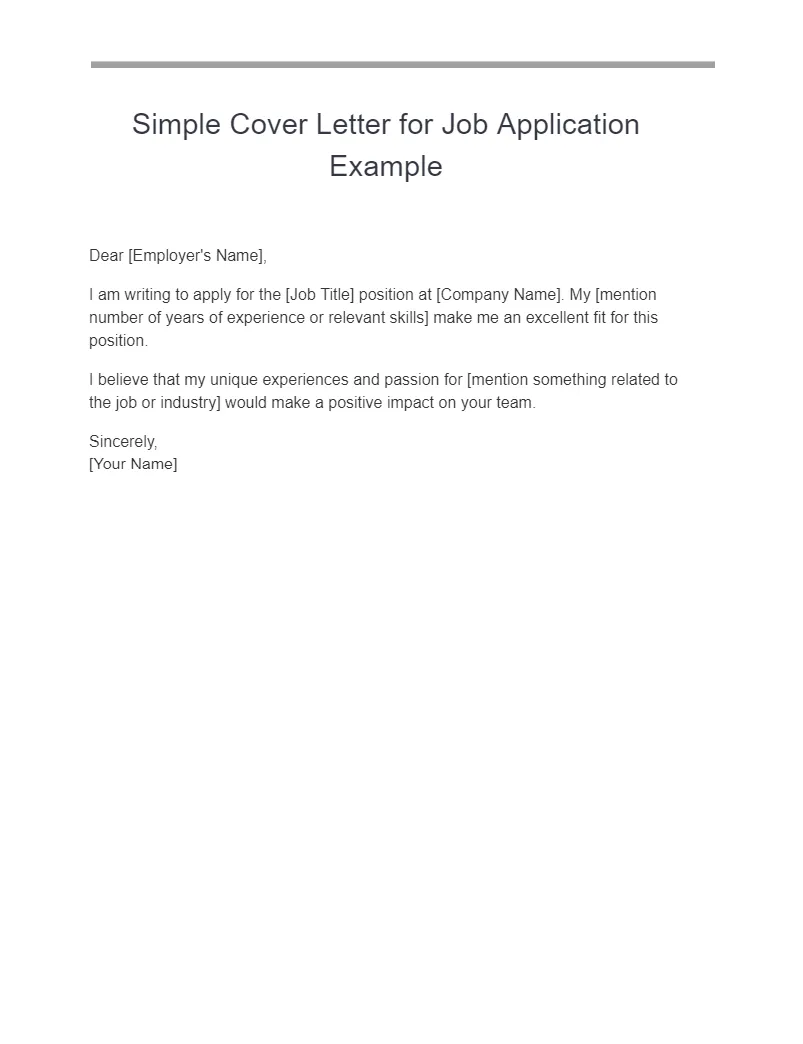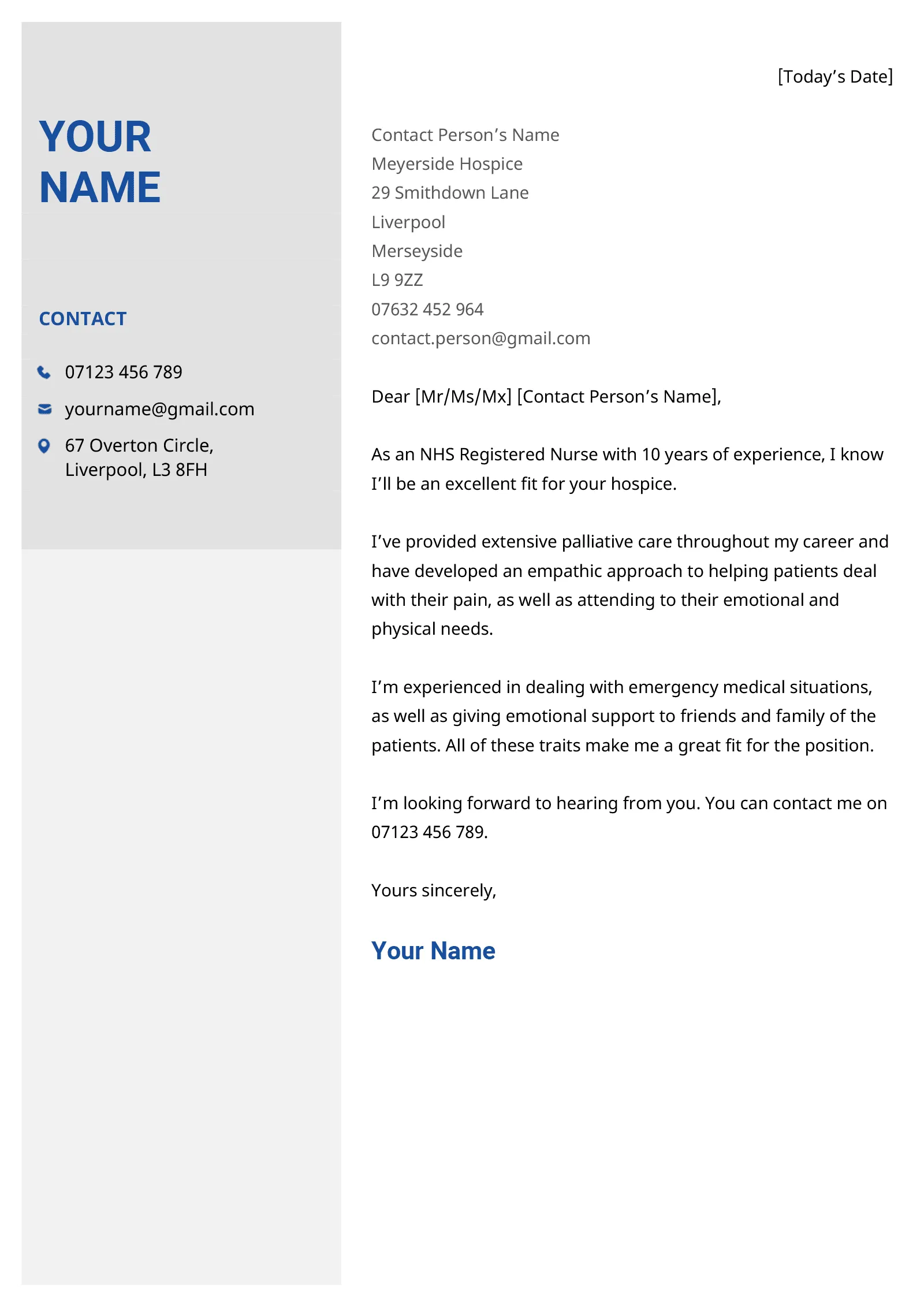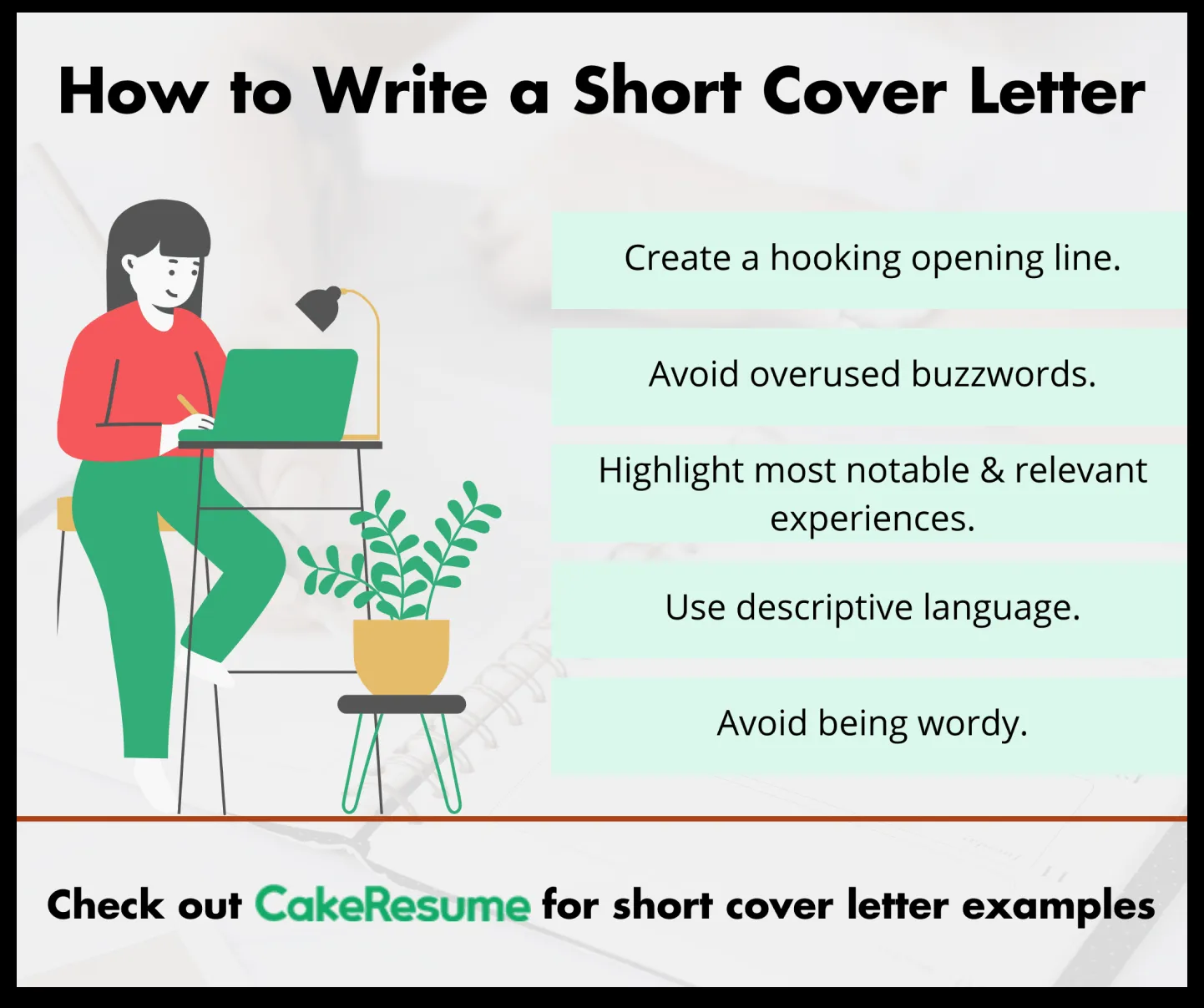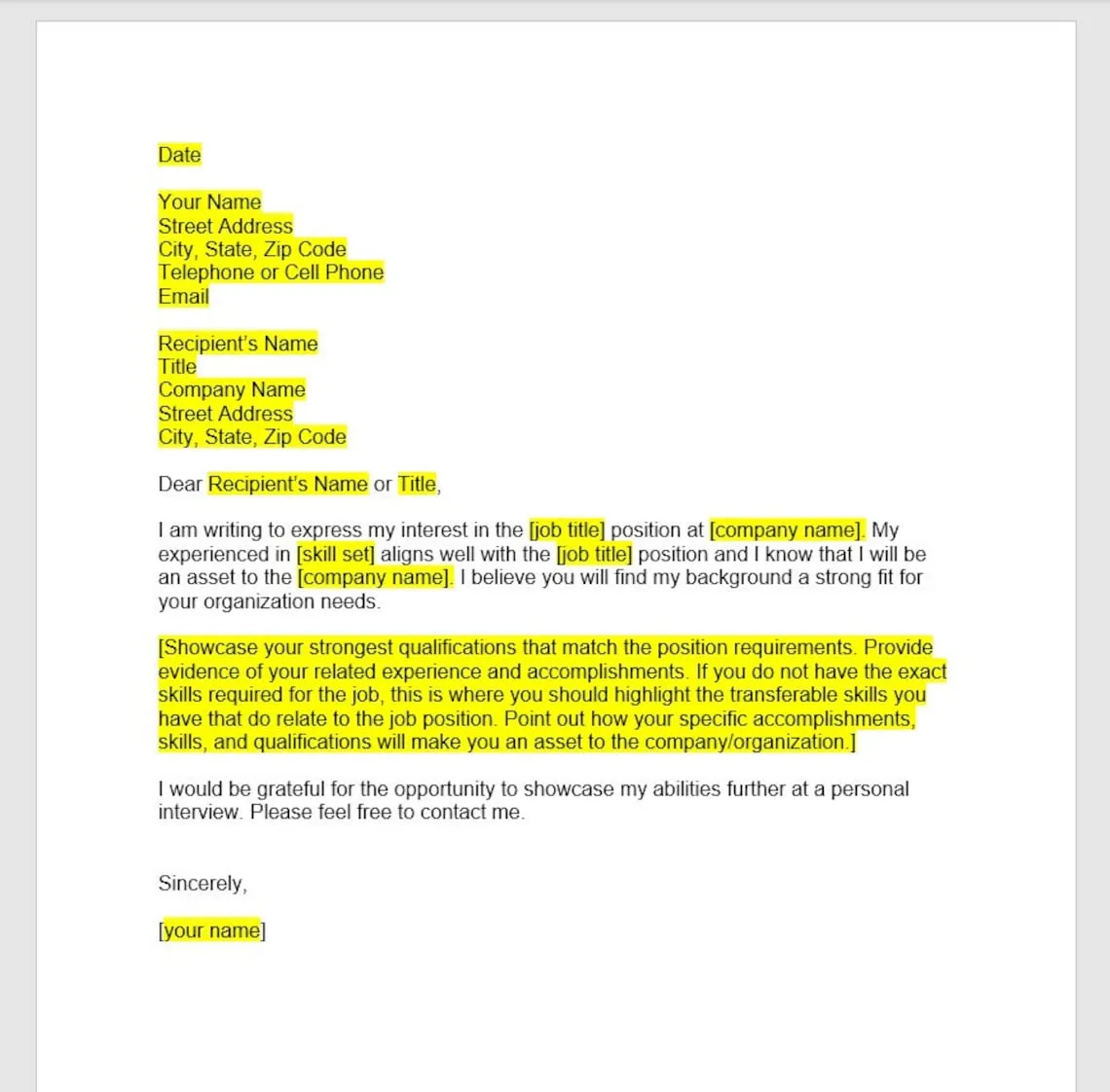Why a Cover Letter Matters
In today’s competitive job market, a well-crafted cover letter can be the deciding factor between landing an interview and your application ending up in the rejection pile. Many job seekers underestimate the importance of a cover letter, viewing it as a mere formality. However, a cover letter is your first opportunity to make a strong impression, showcase your personality, and demonstrate your genuine interest in the specific role and company. It’s not just a rehash of your resume; it’s a chance to tell your story, explain your career aspirations, and connect your skills and experiences to the job requirements. This is your chance to personalize your application and give the hiring manager a reason to delve deeper into your qualifications. A compelling cover letter can significantly boost your chances of getting noticed and securing an interview.
Highlighting Your Skills
Your cover letter is the perfect place to highlight the skills and abilities most relevant to the job you’re applying for. Start by carefully reviewing the job description and identifying the key skills and qualifications the employer is seeking. Then, in your cover letter, provide specific examples from your past experiences that showcase how you’ve successfully used those skills. Don’t just list your skills; illustrate them with concrete achievements and quantifiable results whenever possible. This might involve describing a project you led, a problem you solved, or a goal you achieved. Use action verbs to demonstrate your capabilities and show the hiring manager that you possess the skills to excel in the role. By connecting your skills to the job requirements, you demonstrate that you understand the company’s needs and how you can contribute to their success. Always focus on the most relevant skills, tailoring your examples to fit the specific job.
Tailoring Your Letter

One of the most critical elements of a successful cover letter is tailoring it to each specific job application. A generic, one-size-fits-all cover letter simply won’t cut it. Take the time to research the company, understand its values, and identify the specific needs of the role. Use the job description as your guide, highlighting the skills and experiences that align with the requirements outlined. This involves more than just changing the company name; it requires a deep dive into the company culture and the specific responsibilities of the position. Demonstrate your understanding of the company’s mission and goals. Show how your unique skills and experiences make you a perfect fit for the job. When a hiring manager sees that you’ve taken the time to personalize your application, it shows that you are genuinely interested in the opportunity and have the initiative to go the extra mile. This level of personalization can make you stand out from other applicants who are sending out generic letters.
Cover Letter Structure
A well-structured cover letter is essential for making a positive first impression. It should be easy to read, organized, and free of errors. A standard cover letter typically includes a header with your contact information, a greeting, an introductory paragraph, a few body paragraphs highlighting your key skills and experiences, a call to action, and a professional closing. This structure provides a clear and logical flow of information, allowing the hiring manager to quickly understand your qualifications and your enthusiasm for the position. The correct format makes it easy for the hiring manager to get the main points.
Header and Contact Information
Begin your cover letter with a professional header that includes your full name, address, phone number, and email address. Make sure your email address is professional. Below your information, include the date and the hiring manager’s name and title, if you know them. If you can’t find the name of the hiring manager, research the company or use a general greeting. Accuracy is essential here; double-check all contact details to ensure the recruiter can easily reach you. A polished header sets the tone for the rest of your letter and demonstrates your attention to detail. This header information allows the hiring manager to easily contact you for the next steps.
Greeting the Hiring Manager

Start your cover letter with a professional greeting. If you know the hiring manager’s name, use it. This shows that you’ve taken the time to research the company and personalize your application. If you are unsure, a general greeting like ‘Dear Hiring Manager’ is acceptable. Avoid generic greetings that can make your letter appear impersonal. In the era of remote work, it is more important than ever to know your audience and personalize your communications whenever possible. Your greeting is the first thing the hiring manager sees, so make it count. This also shows you’re proactive and thorough.
The Opening Paragraph
The opening paragraph is your first chance to grab the hiring manager’s attention. Immediately state the position you’re applying for and how you found the job. Briefly mention why you’re interested in the role and the company, and highlight one or two of your most relevant skills or experiences. Be concise and enthusiastic. The goal is to create an immediate positive impression and encourage the hiring manager to read the rest of your letter. Avoid clichés and focus on what makes you unique and qualified. Start by stating the position and source of the job posting, this is the essential opening for the letter and ensures the hiring manager knows what position you’re applying for right away. Make the hiring manager eager to continue reading, making the cover letter memorable.
Body Paragraphs and Key Achievements
The body paragraphs are where you showcase your skills, experiences, and accomplishments. Use this section to provide specific examples of your achievements and demonstrate how you’ve met or exceeded expectations in previous roles. Use the STAR method (Situation, Task, Action, Result) to structure your responses and provide context to your accomplishments. Focus on the experiences most relevant to the job requirements. Quantify your achievements whenever possible – use numbers to illustrate your impact. This is the meat of your cover letter. The body should be easy to read. Provide as much key information and tailor it to the role at hand.
Call to Action and Closing

End your cover letter with a strong call to action, such as requesting an interview. Reiterate your interest in the position and express your confidence in your ability to contribute to the company’s success. Thank the hiring manager for their time and consideration. Use a professional closing, such as ‘Sincerely’ or ‘Best regards’, followed by your full name. The closing paragraph is your final chance to leave a lasting impression. Make it clear you want an interview. Thank the hiring manager for their time and consideration and express your enthusiasm for the opportunity. A well-crafted closing paragraph leaves a positive and lasting impression on the hiring manager.
Formatting and Design
The formatting and design of your cover letter is just as important as its content. A well-formatted letter is easy to read and visually appealing. Ensure your cover letter is clean, professional, and consistent with the format of your resume. Use a standard font, such as Times New Roman or Arial, and maintain consistent font sizes and spacing throughout the document. Avoid using flashy or distracting formatting elements. Make sure the cover letter is free of formatting errors. The visual presentation of your cover letter can greatly impact how it’s received by hiring managers. A clean, well-formatted letter reflects your professionalism and attention to detail. Proper format shows the hiring manager that you are organized and committed.
Choosing the Right Font
Selecting the right font is a subtle but important part of your cover letter design. Choose a font that is easy to read and professional. Common fonts like Times New Roman, Arial, Calibri, and Helvetica are safe and widely accepted choices. Avoid using overly stylized or unusual fonts, which can be distracting and difficult to read. Keep the font size consistent throughout the document, typically between 10 and 12 points. Ensure there is adequate spacing between lines and paragraphs. The goal is to create a visually appealing document that is easy for the hiring manager to scan and digest. Choosing the right font enhances readability and professionalism, making your cover letter more engaging.
Maintaining Professionalism

Maintaining a professional tone throughout your cover letter is essential. Use a formal yet friendly tone, avoiding slang, jargon, and overly casual language. Proofread your letter carefully to eliminate any grammatical errors or typos. Ensure that your cover letter reflects the standards of business writing and your commitment to detail. Professionalism isn’t just about what you say, but how you say it. This includes everything from the tone of your writing to the way you structure your sentences and paragraphs. By adopting a professional approach, you signal to the hiring manager that you’re serious about the opportunity and will represent the company with the same level of professionalism. Always use correct grammar and spelling to maintain professionalism. The goal is to create a positive and professional impression that increases your chances of landing an interview.
Proofreading and Editing
Before submitting your cover letter, proofread and edit it carefully. Errors in spelling, grammar, or punctuation can undermine your credibility and make you look unprofessional. Read your cover letter aloud to catch any awkward phrasing or inconsistencies. Ask a friend, family member, or career advisor to review your letter for clarity and accuracy. Even the smallest errors can make a negative impression, so it’s important to take the time to ensure your cover letter is error-free. Proofreading is a must. Make sure that your cover letter has been thoroughly checked and edited before submitting it. A polished cover letter demonstrates your attention to detail and enhances your professional image.
In conclusion, crafting the perfect cover letter is a critical step in any job search. By following these guidelines and tailoring your letter to each specific opportunity, you can significantly increase your chances of landing an interview and ultimately securing your dream job. A well-written cover letter is not just a formality; it’s your chance to make a strong first impression, showcase your unique skills and experiences, and connect with the hiring manager on a personal level. Take the time to craft a compelling cover letter that highlights your achievements and expresses your enthusiasm for the role and the company. Your cover letter is your voice, and it should be both persuasive and professional.
